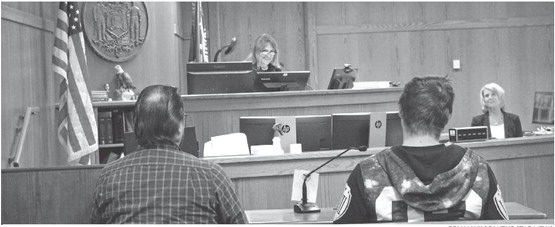Treatment court program focuses on rehabilitation


It is not common to hear the judge in a courtroom leading a round of applause for a defendant.
Except, of course, if you are in the Taylor County Courthous...


It is not common to hear the judge in a courtroom leading a round of applause for a defendant.
Except, of course, if you are in the Taylor County Courthous...